The Future of a Day
Designing with Mixed Reality
Dayz is a mixed reality experience using smart-glasses technology to open new possibilities for our advanced all-in-one home experience from remote working to socializing and leisure activities. Role:
Research
Visual Design
Prototyping
Time:
1 year, 2020-21
Research
Visual Design
Prototyping
Time:
1 year, 2020-21
Tool:
Sketch
Figma
After Effect
MFA Thesis Project
Sketch
Figma
After Effect
MFA Thesis Project
Advisors:
Ellen Lupton
Jennifer Cole Phillips
Bobby Joe Smith III
Bradly Zavakos
Greg Leibowitz
Ashley Guchhait
Ellen Lupton
Jennifer Cole Phillips
Bobby Joe Smith III
Bradly Zavakos
Greg Leibowitz
Ashley Guchhait
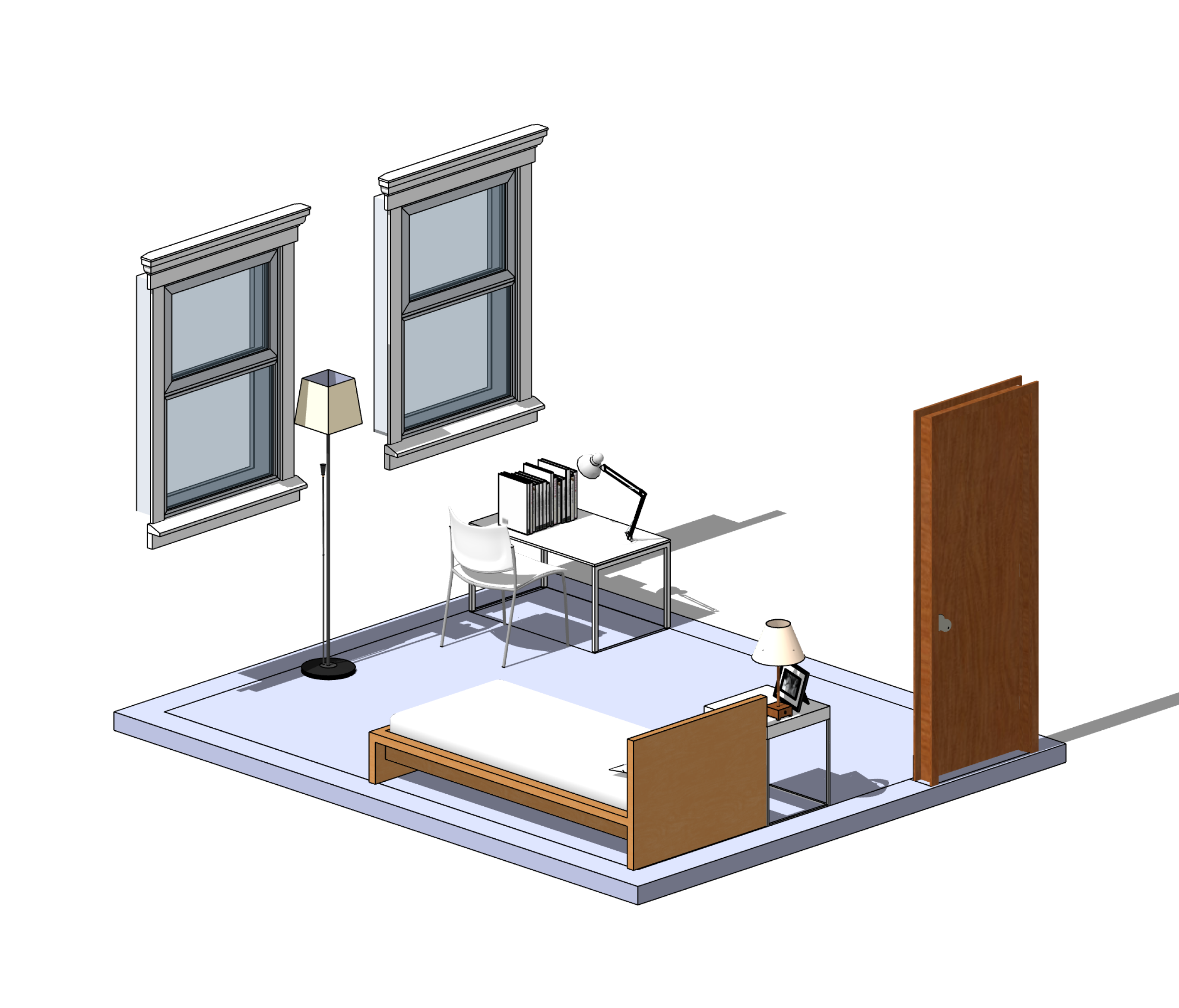
Challenge
How can I change my room into a more productive yet fun space?
Since the pandemic and quarantine began, people’s rooms have blurred the work/life balance; what was intended as only a space to gather, socialize, play, and rest became a workspace overnight. Because of the contrast between the two activities, it’s hard to draw a clear demarcation between the two headspaces. As a result, productivity and motivation were negatively impacted, inspiring me to seek a solution.Solution
Redesign a room using Mixed Reality (MR)
By using MR technology, improve the moods of users by evolving the static experience of taking classes, working, resting, and socializing in a singular area into an immersive experience that utilizes space.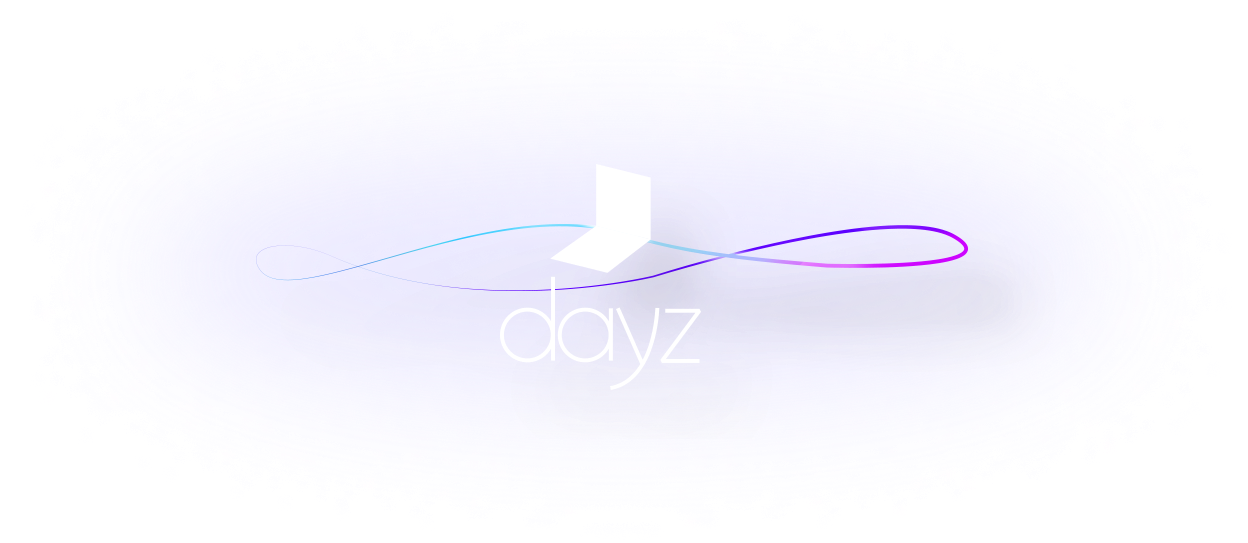
Design Process

![]()
Research
Informal Interview (2020)
& Survey (2021)
In October 2020, I initiated research to better understand how people feel about schooling or working from home by interviewing students and professionals.In March 2021, I created a new survey to understand the changes in feelings about remote work as time passes. The same survey was conducted to also better understand the same situation in Korea, which has been working remotel for a longer period than in the United States. Both results showed an increase in satisfaction.

36%
For those who worked from home before the pandemic, the change works well: allowing better concentration on work and time management due to a lack of interference from others.
64%
On the other hand, those who liked to work in their studios and offices had their productivity and motivation decline significantly. Naturally, this also affected their mental health.

48%
Almost half of the participants answered that they are open to continuing working remotely. 36% wanted to go back to the office or the studio, 12% don’t know, 4% want to do both.

64%
More than half of the participants were satisfied, happy, or very gratified with telework. Among them, the emotions elevated from satisfaction to happiness or very gratifying.
Key Facts
Psychology on Remote Working
Articles over the last two decades helped me understand the cultural mindset of remote working and how it has developed as our technology improved and integrated with our daily lives.
Articles over the last two decades helped me understand the cultural mindset of remote working and how it has developed as our technology improved and integrated with our daily lives.
Pre-pandemic
“Results suggest a negative emotional impact of teleworking, particularly in terms of such emotions as loneliness, irritability, worry and guilt, and that teleworkers experience significantly more mental health symptoms of stress than office-workers...”
- Sandi Mann and Lynn Holdsworth, Oct 2003
“Results suggest a negative emotional impact of teleworking, particularly in terms of such emotions as loneliness, irritability, worry and guilt, and that teleworkers experience significantly more mental health symptoms of stress than office-workers...”
- Sandi Mann and Lynn Holdsworth, Oct 2003
During pandemic
“66% of people aged 25 and under suffer from one or more signs of mental illness including extremely high and low moods, social withdrawal, sadness, irritability, excessive fear, worry and anxiety, dramatic changes in eating and sleeping habits...”
- Question & Retain, Mar 2020
“66% of people aged 25 and under suffer from one or more signs of mental illness including extremely high and low moods, social withdrawal, sadness, irritability, excessive fear, worry and anxiety, dramatic changes in eating and sleeping habits...”
- Question & Retain, Mar 2020
Post-pandemic
“Most Americans now teleworking from home want to keep doing so, with more than half saying they would work remotely after the pandemic...”
- Chicago Tribune, Dec 2020
“Most Americans now teleworking from home want to keep doing so, with more than half saying they would work remotely after the pandemic...”
- Chicago Tribune, Dec 2020
What is MR and Why MR?
Mixed Reality blends the physical and digital worlds by incorporating elements of both the real and virtual spaces including environmental input, spatial sound, and location.
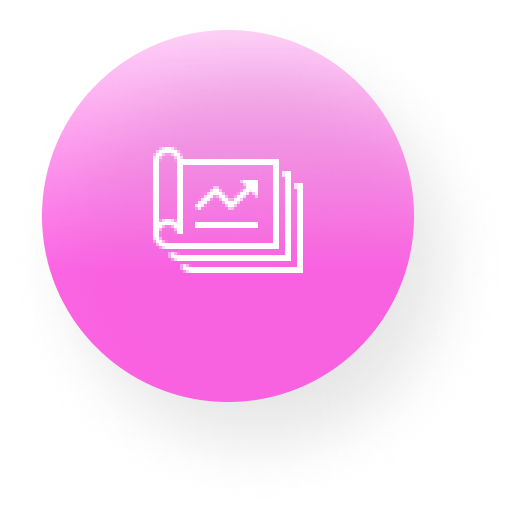
Multitasking
“Letting users spatially organize their tasks...can lead to a 40% improvement in productivity.”
- Leap Motion, Nov 2015
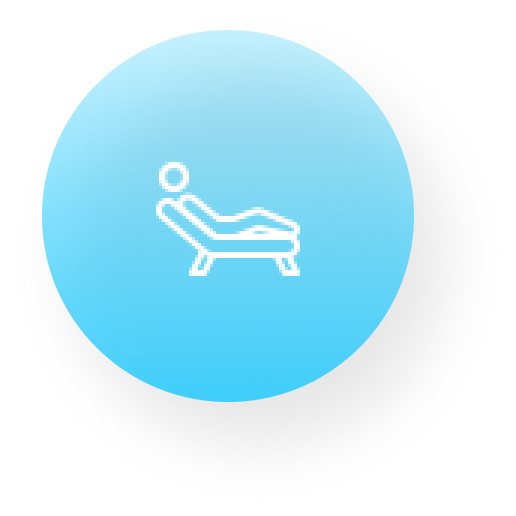
Simulations and situational therapy
“VR can help people by creating safe simulated spaces for education and training.”
- Leap Motion, Nov 2015
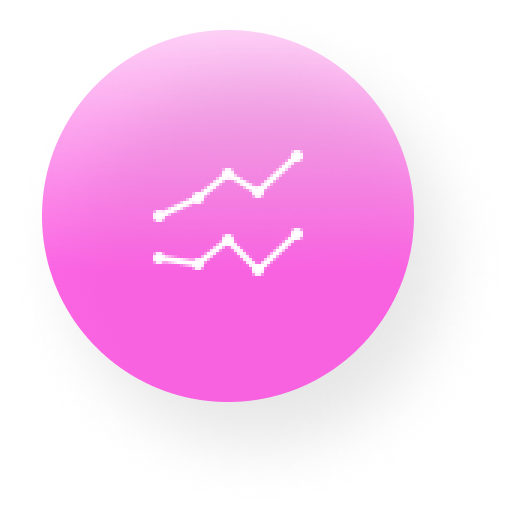
Market Revenue of MR
“The market revenue of the Mixed Reality industry has steadily increased since 2018 with greater growth each year suggesting the use of MR in our daily lives is not too far away.”
- Statistics by Segment, Jan 2021
Research Synthesis
Physical Aspect
![]()
People are equipped in their rooms.
Most people recently bought furniture or gadgets to better their working conditions. Equipped rooms allow us to continue remote working post-pandemic.
![]()
Static Experience
Constraints of a space change had a significant impact on people's physical and mental health.
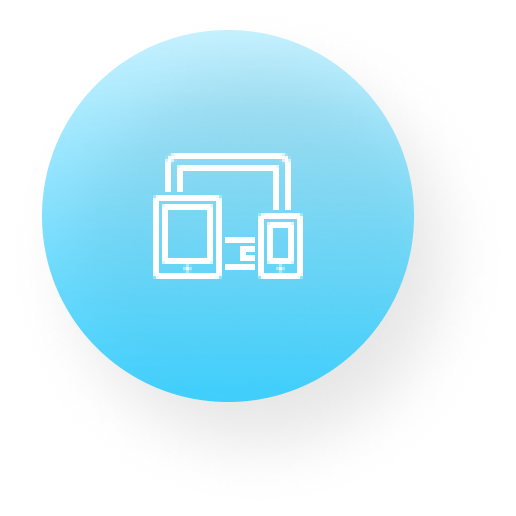
People are equipped in their rooms.
Most people recently bought furniture or gadgets to better their working conditions. Equipped rooms allow us to continue remote working post-pandemic.

Static Experience
Constraints of a space change had a significant impact on people's physical and mental health.
Psychological Aspect
![]()
People’s feelings on working from home have changed.
People hated working remotely at the beginning of the pandemic, but now, people are satisfied.
![]()
Loneliness is a health crisis.
Lack of communication leads to isolation, which causes serious mental health problems.

People’s feelings on working from home have changed.
People hated working remotely at the beginning of the pandemic, but now, people are satisfied.
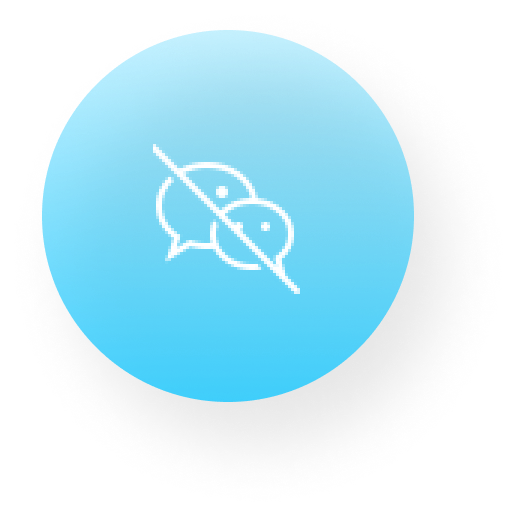
Loneliness is a health crisis.
Lack of communication leads to isolation, which causes serious mental health problems.
MR Technological Aspect
![]()
MR enhances productivity.
MR helps with multitasking and opens up a new type of work.
![]()
MR helps people feel better.
MR can be used to make simulated places for therapy or entertainment.

MR enhances productivity.
MR helps with multitasking and opens up a new type of work.
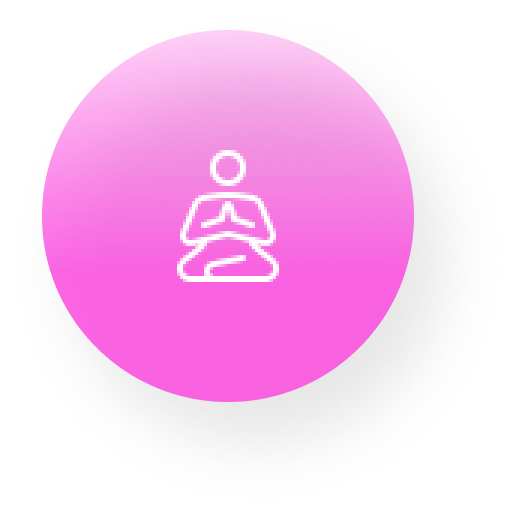
MR helps people feel better.
MR can be used to make simulated places for therapy or entertainment.
![]()
Problem Framing
Target Audience
Students and professionals working remotely
User Persona

Design Principle &
Additional Questions
Creates a new multisensory experience for your room.
- How can we interact with space?
- How can we utilize our bodies and gestures?
Promotes a playful life with positive physical & mental health
- How can the service assist users with physical and mental health, and allow them to form good habits aside from just enhancing productivity?
- How can Dayz bring joy to people’s lives?
Creates inclusive interfaces
- What if users are missing a hand?
- What if your user needs an accessible interface? How is that triggered if they can’t easily touch or tap the glasses?
![]()
Concept Generation
Timeline Sketches
To build a storyboard, I choose three core values to represent a day: daily life, work, and communication from the research. While making the storyboard, I studied how to effectively and interestingly connect people to people as well as spaces and people in various situations that take place within the day from morning to evening. Some UI components are based on Google’s Daydream components sticker sheet.
7 AM Morning Routine
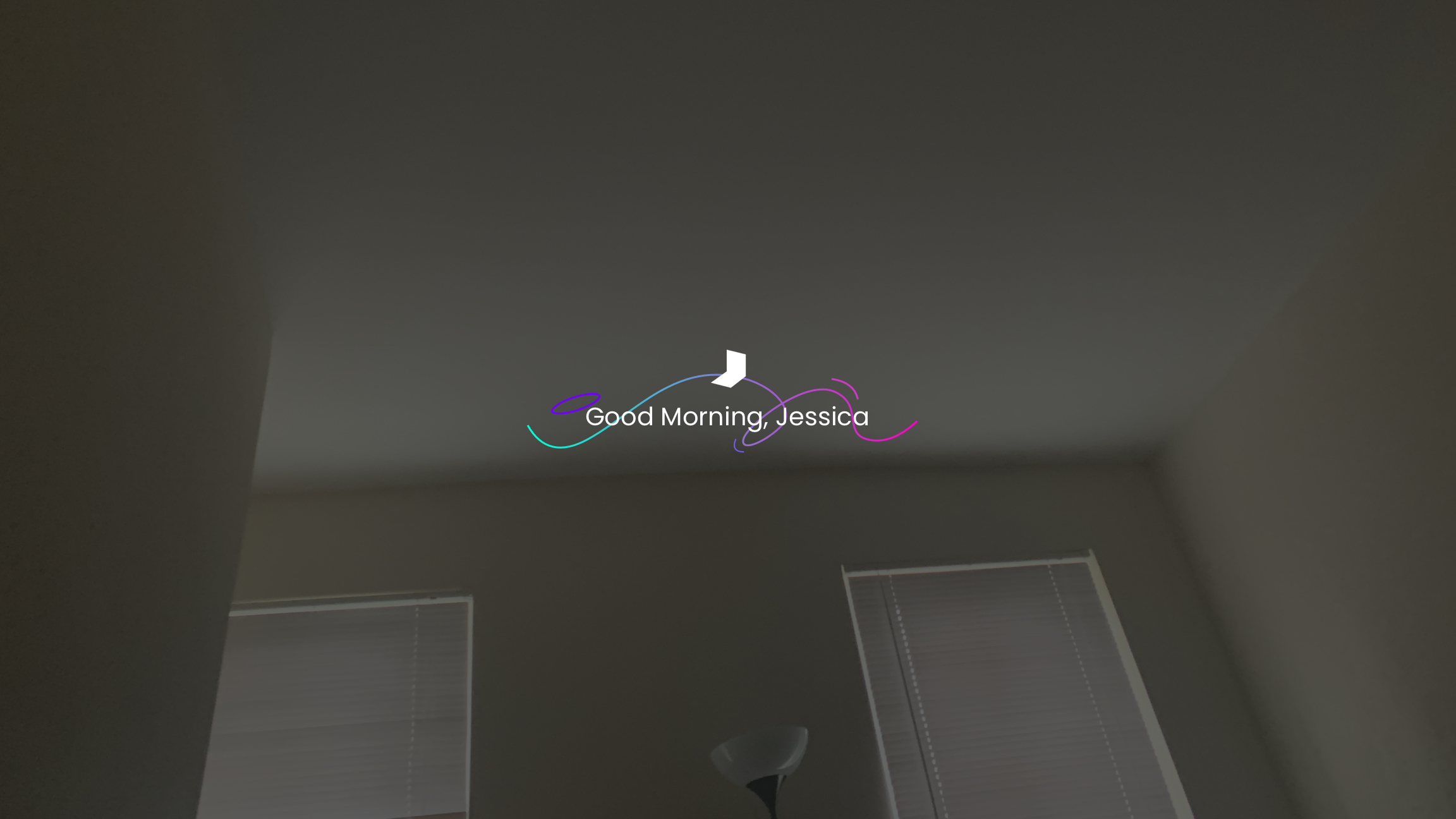
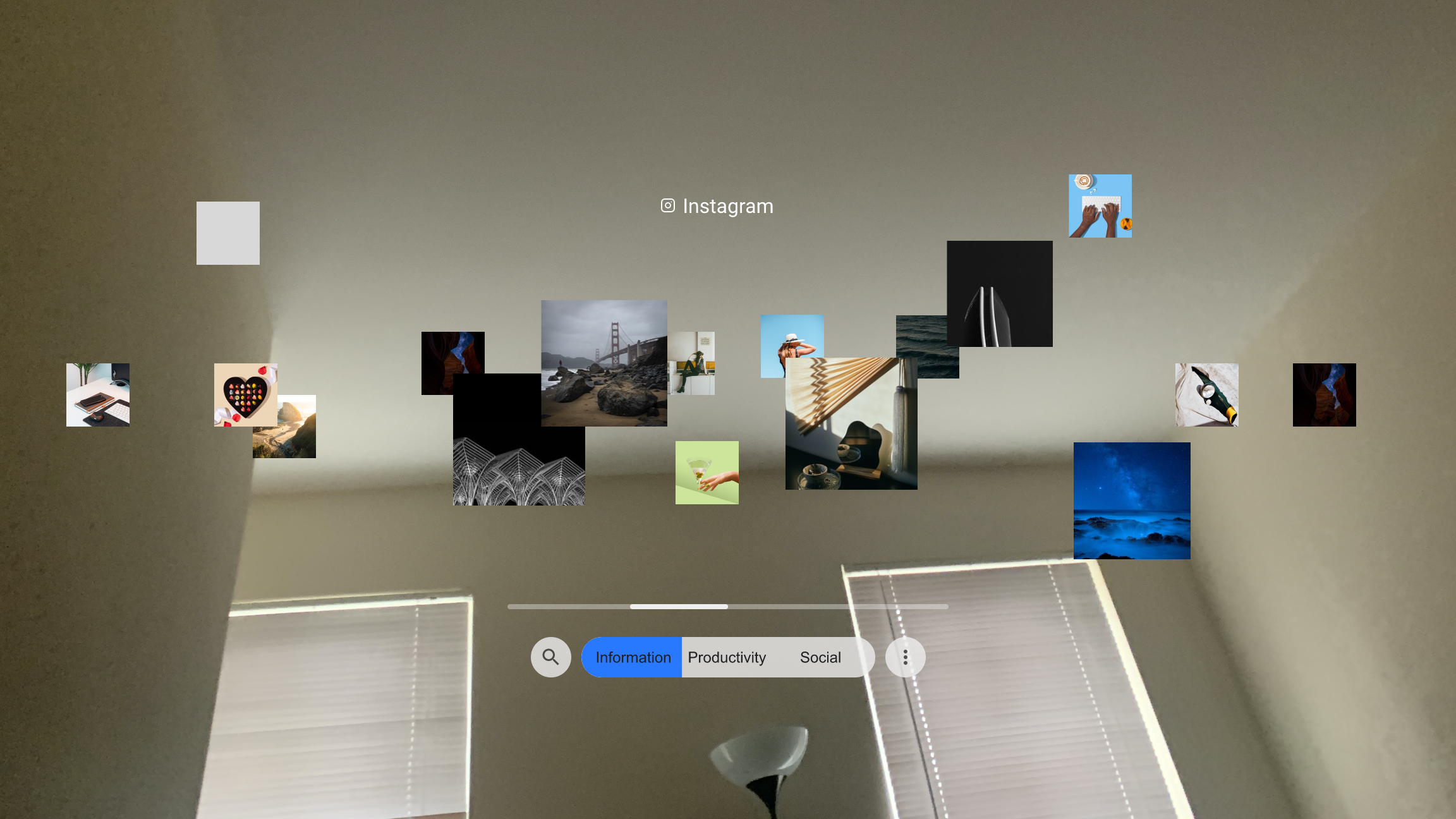
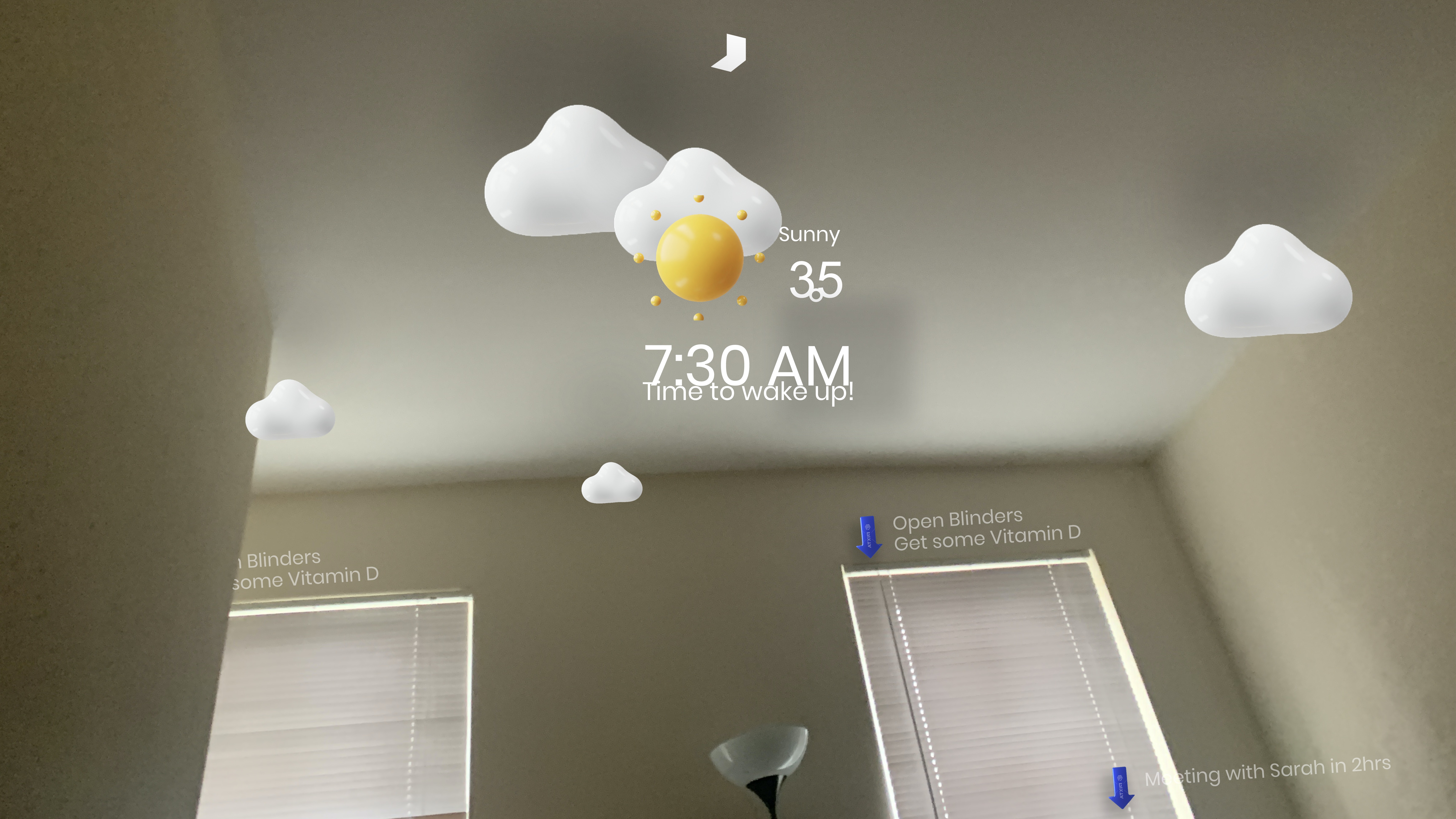

9 AM Work & Communication
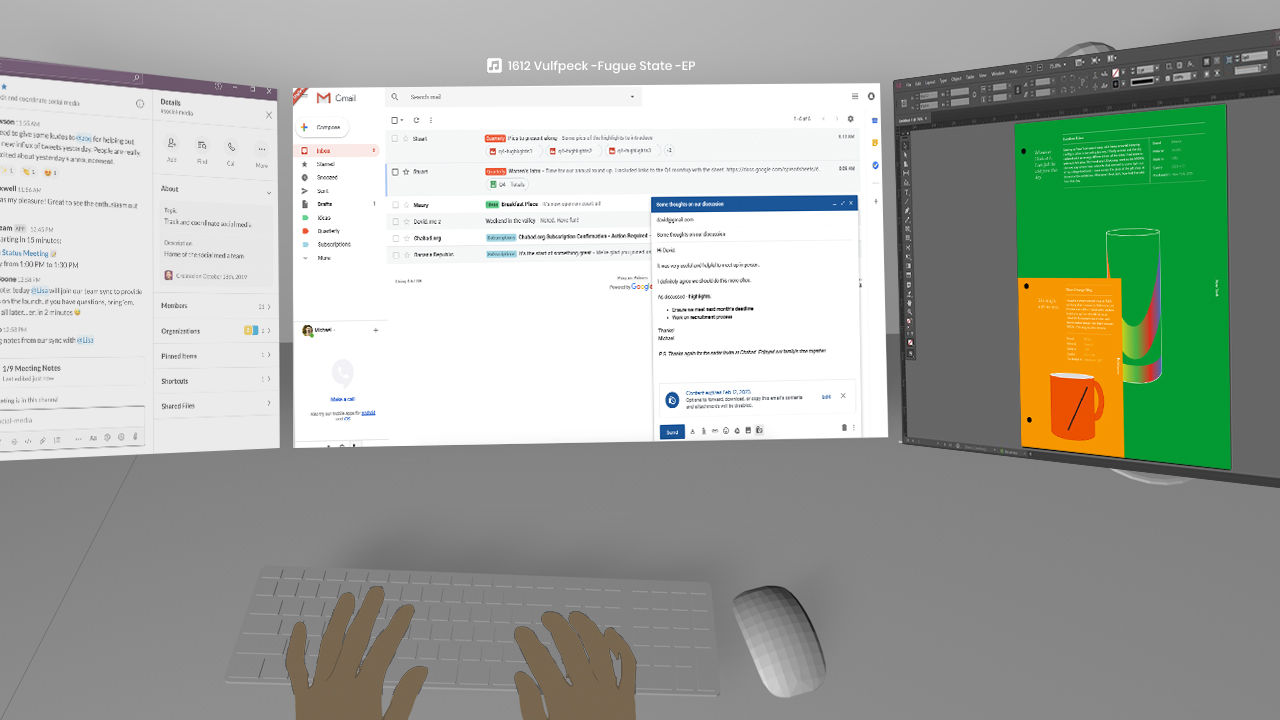

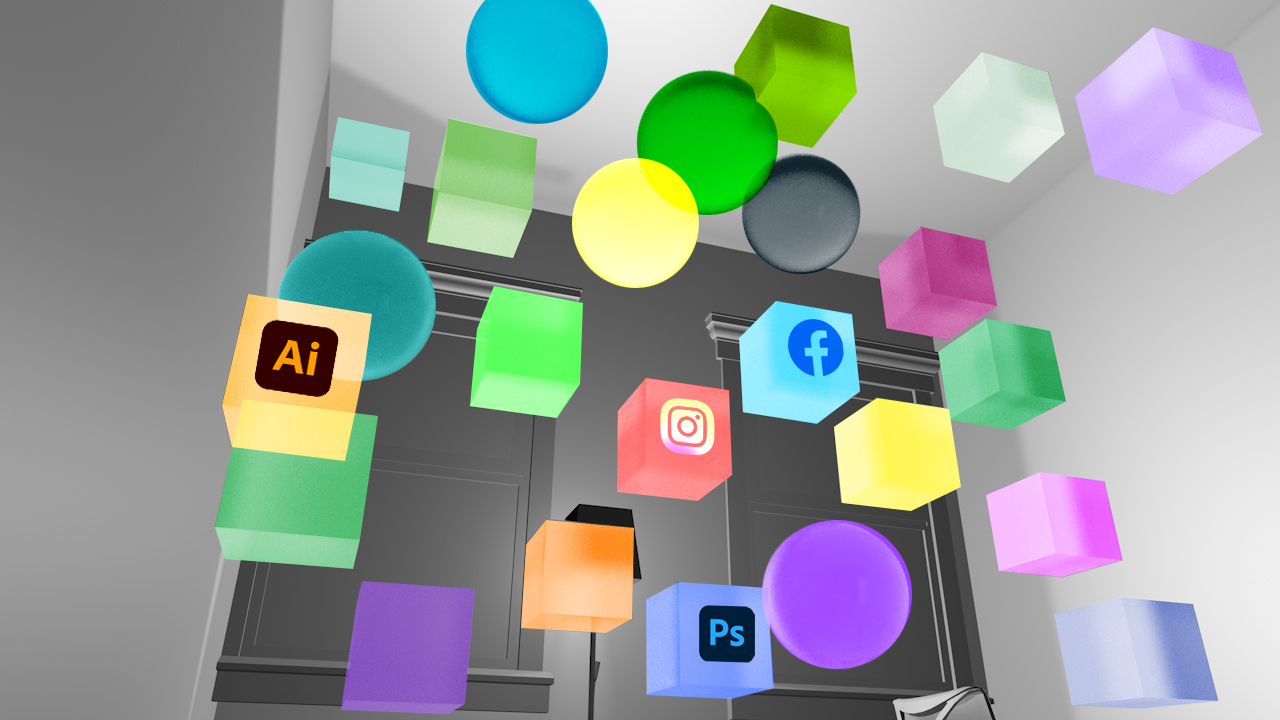

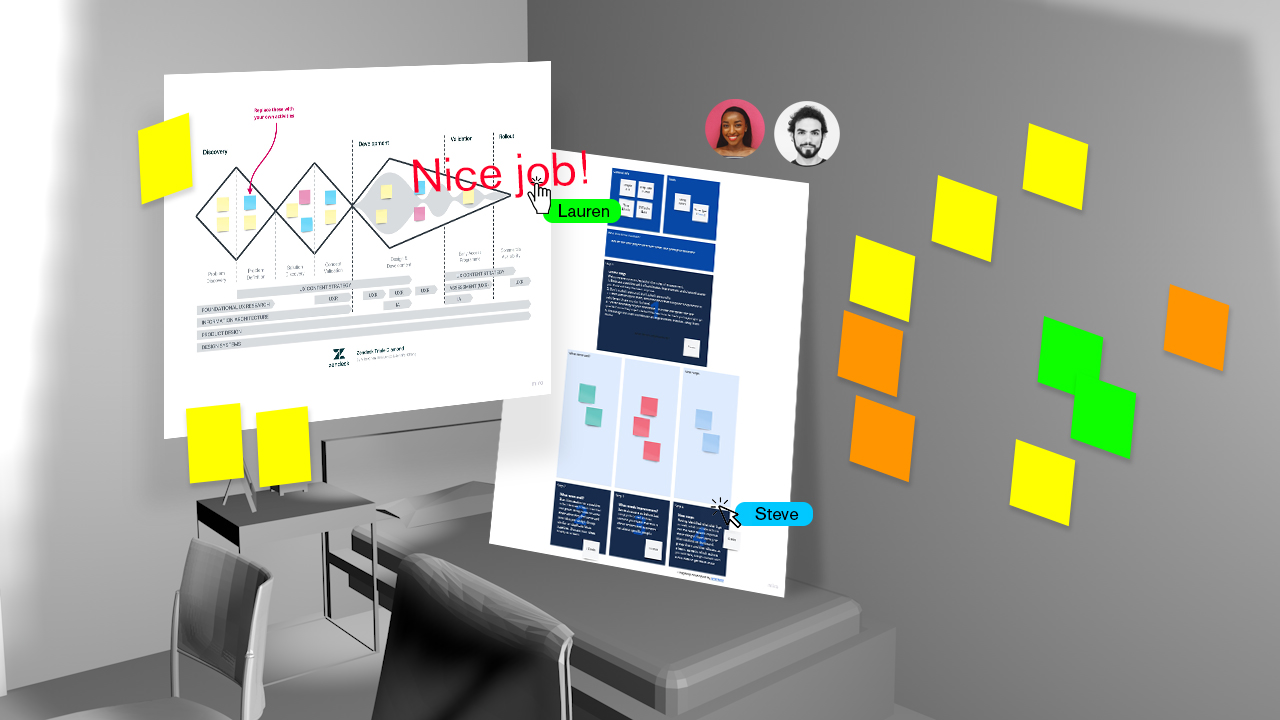

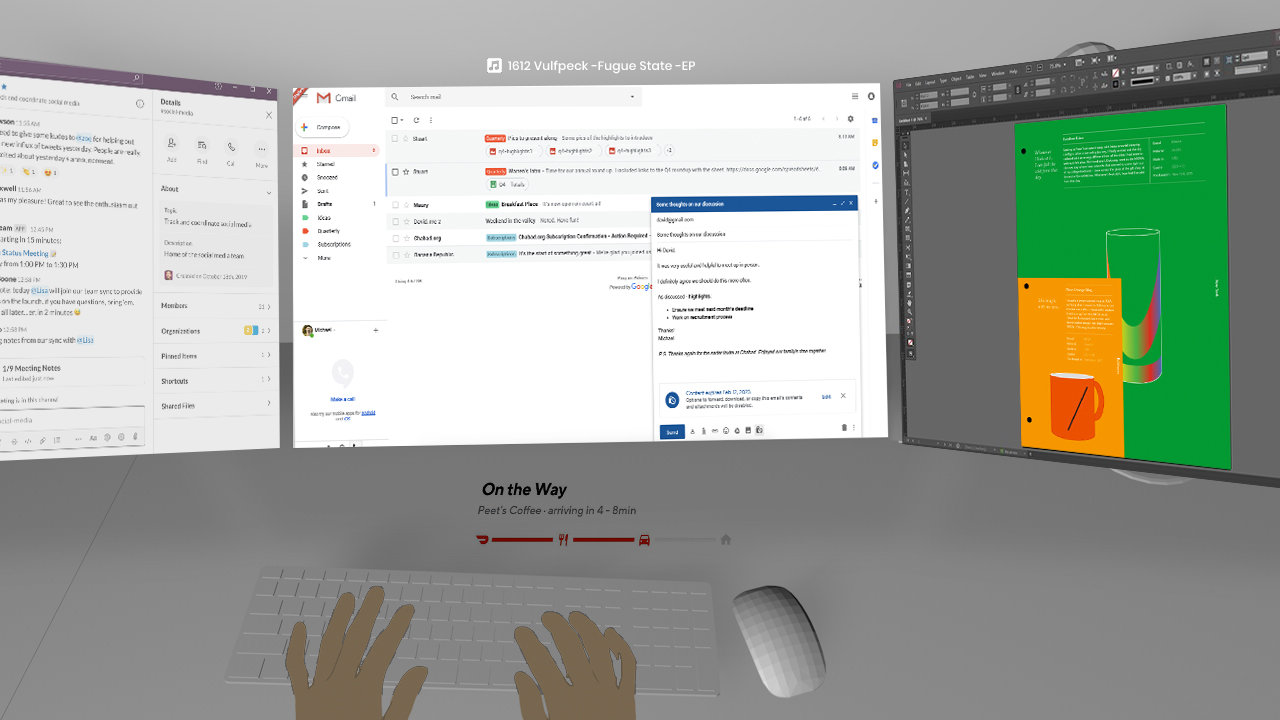
7 PM Rest & Socialization
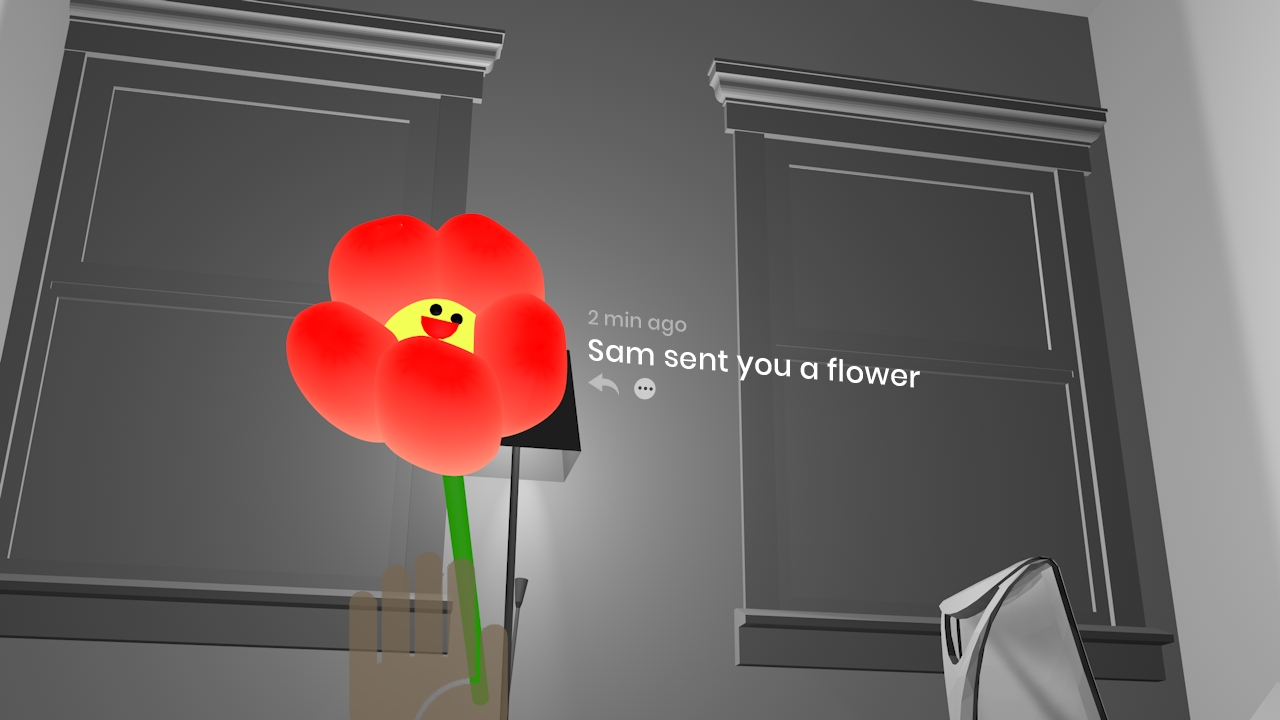
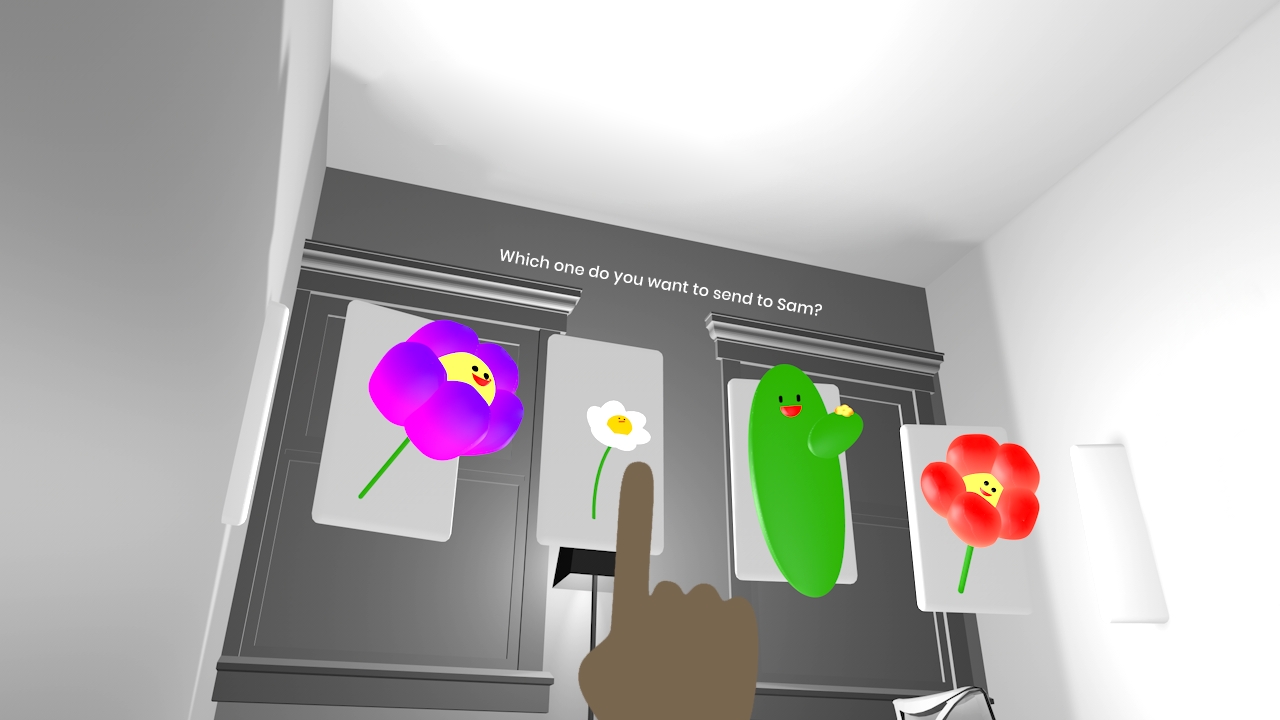


Visual Experiments
After deciding how the story will flow through each scene in the process of storyboarding, I researched the overall visual look and feel of my service. To explore the visual system, I got inspired by science fiction movies and used the Morning Routine scene to test designs.
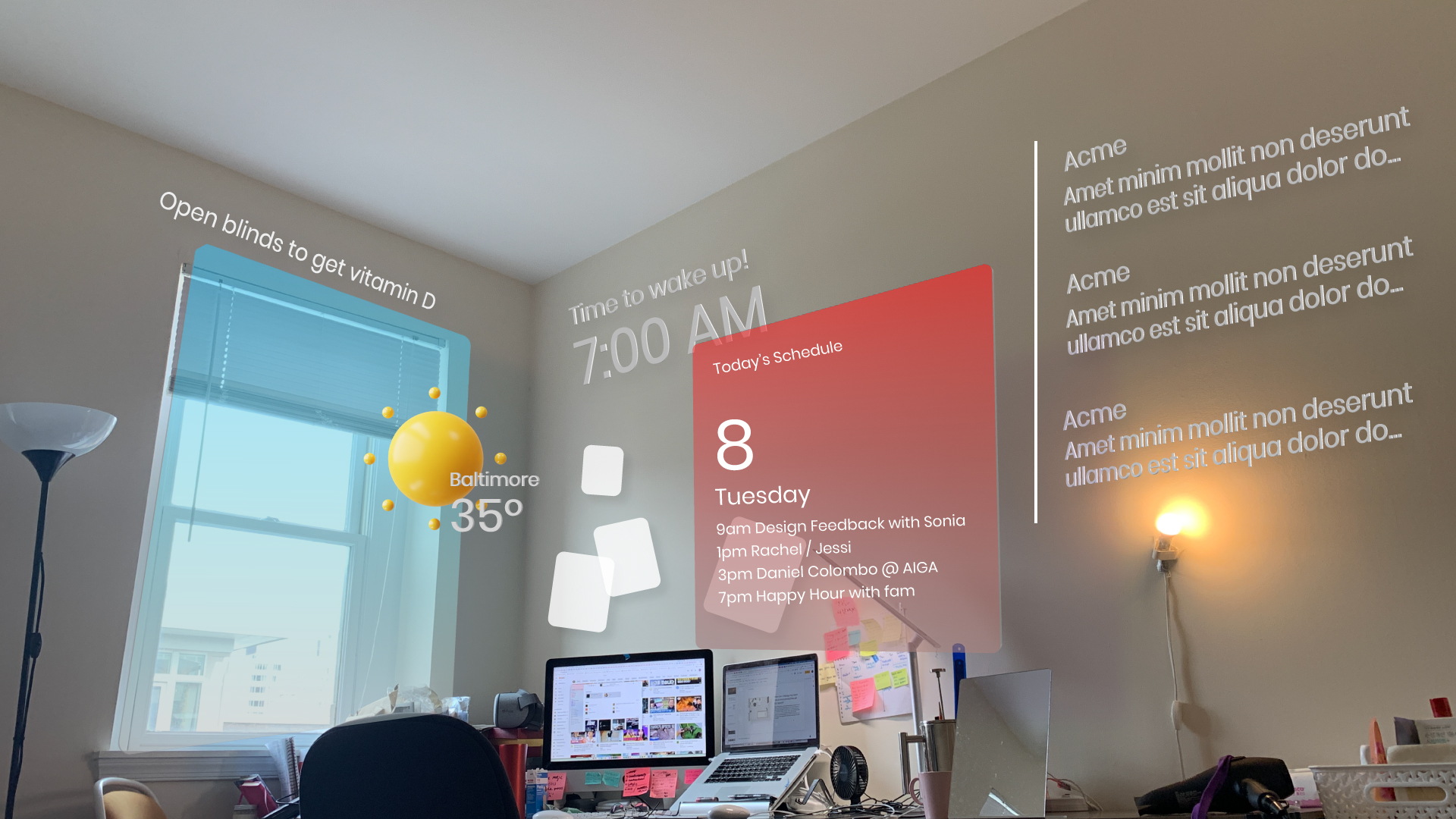
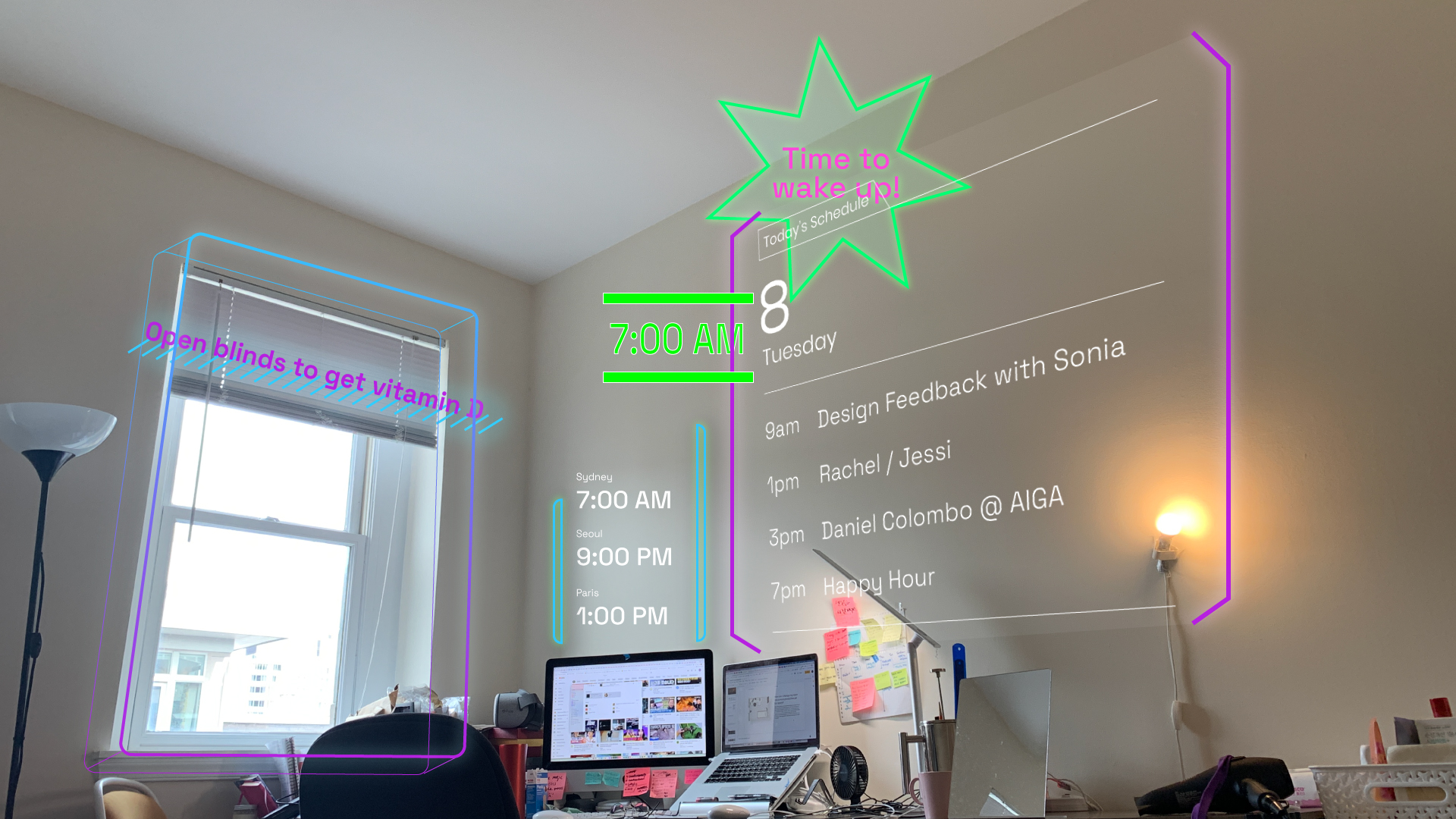
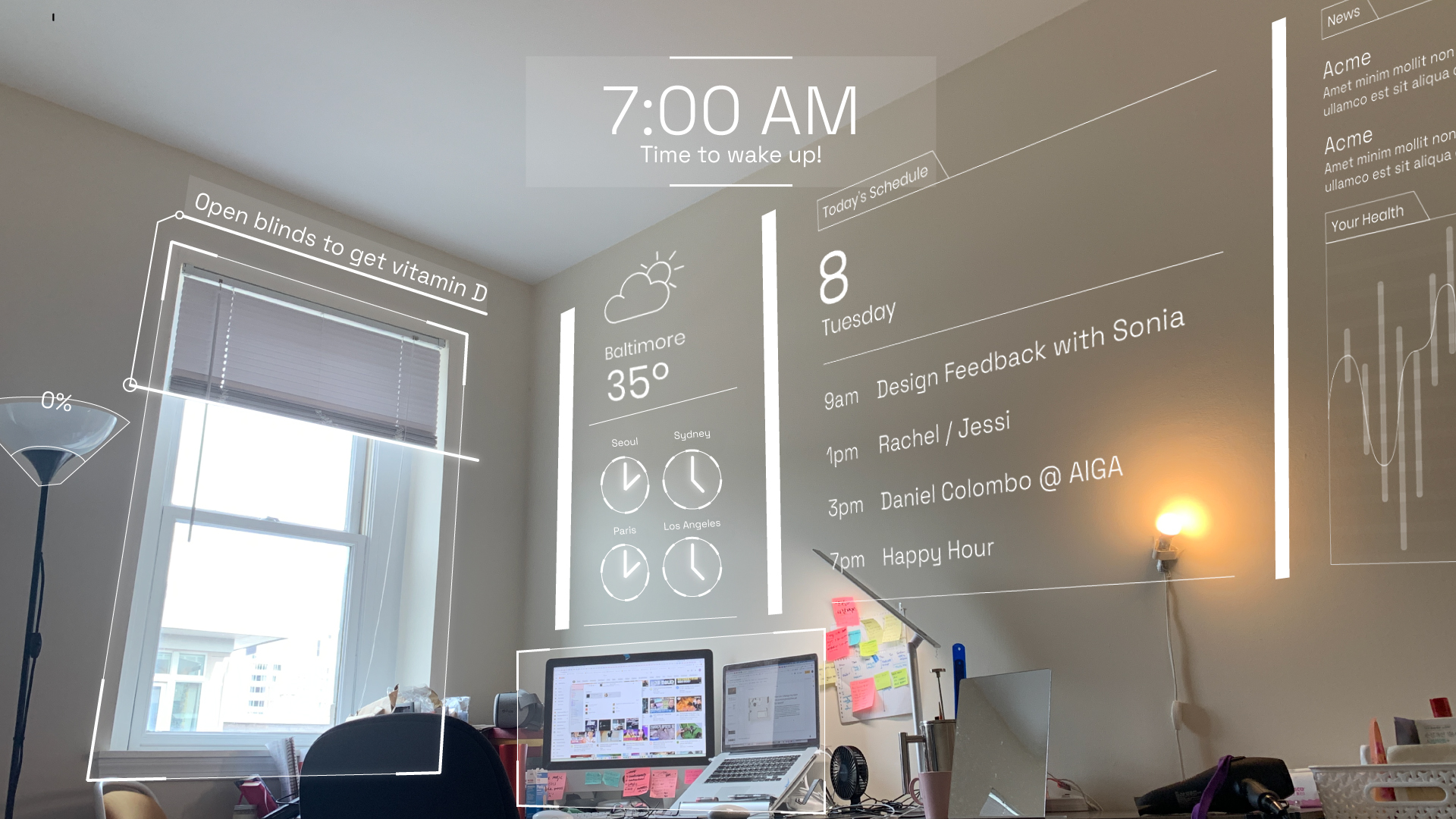
System Technology
As for the MR glasses, I imagined smart glasses by referencing existing pairs such as Google Glass, Microsoft’s Hololens, and Facebook’s Oculus. However, my smart glasses look closer to real glasses and can even be charged wirelessly through the case. I believe the eyeglasses we are using today, and even contact lenses will soon become MR devices.


![]()
Prototype
7 am Morning Routine
Once users put on the smart glass, Dayz will not only help users access information conveniently, but also assists them in staying physically and mentally healthy.
Weather 3D graphics by Pico/Hand Illustrations by Microsite
While users are working, Dayz allows them to maintain productivity and communicate better, which improves their moods by increasing their feelings of self-fulfillment. Also, users can work in different places where they have not been before. As one of Self-Care Features, Dayz cares for users' break time.
Breakfast 3D model by Cgtrader
At the end of the day, users can engage in participatory experiences by sharing their day.
9 am Working
While users are working, Dayz allows them to maintain productivity and communicate better, which improves their moods by increasing their feelings of self-fulfillment. Also, users can work in different places where they have not been before. As one of Self-Care Features, Dayz cares for users' break time.
Breakfast 3D model by Cgtrader
7 pm Socializing & Resting
At the end of the day, users can engage in participatory experiences by sharing their day.
Reflection & Next Steps
Post-pandemic, I believe our daily routines will forever
be changed rather than returning to what they were
pre-pandemic. Though they may adapt from what they
were mid-pandemic because of reduced or removed
restrictions, our experiences have changed how we live
our lives. What was new before has become normal. Our
society has learned to adapt to this life with a growth in
technology we can not revert. The boundaries between
work and home are gradually disappearing, and the
place where we work will become the office, whether it
is on the street, on vacation, or at home. Conversely, we
can bring different environments to our home and office
whether they are to a friend’s house far away, or to the
Amazon. All you need to do is wear your glasses.
I hope Dayz helps people imagine their future in an
advanced all-in-one home experience. As Mike Alger
manifested that some people who web designers before
will need to learn to be environment designers in his VR Interface Design Manifesto (2014), I also believe a
lot of designers and engineers would shift their design
careers to VR designers, and the area of the designer
will be expanded the experiential design to create more
comfortable and immersive experiences.
What started as being alone at home became how I was able to imagine what we can do together through future technology. In the process, I learned the possibilitie of MR. We no longer must solely consume content and design linearly within rectangular screens. They can be seen through three-dimensional, moving forms. And I am excited to see how much of our future will change.
What started as being alone at home became how I was able to imagine what we can do together through future technology. In the process, I learned the possibilitie of MR. We no longer must solely consume content and design linearly within rectangular screens. They can be seen through three-dimensional, moving forms. And I am excited to see how much of our future will change.
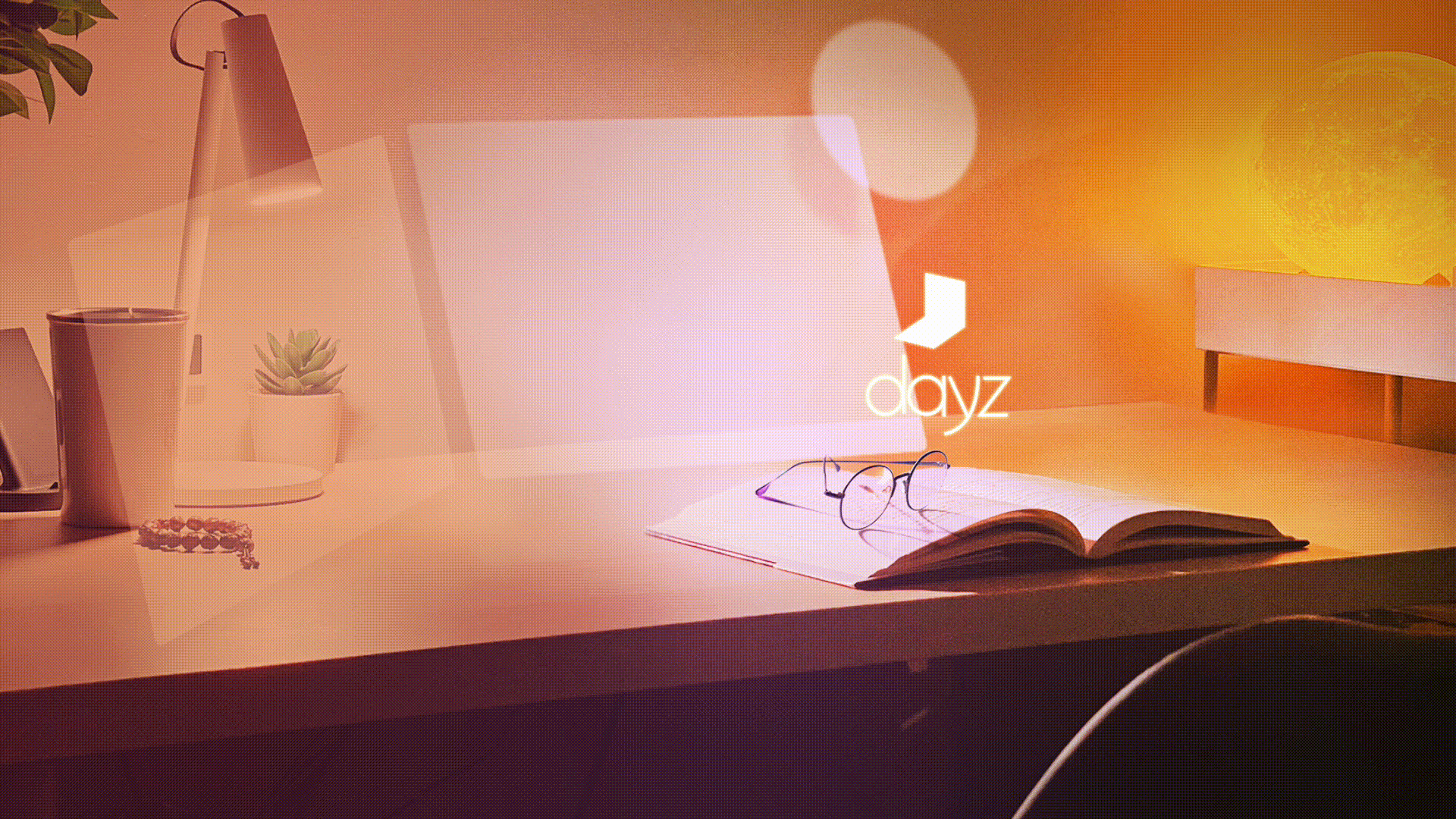 Dayz
Dayz


